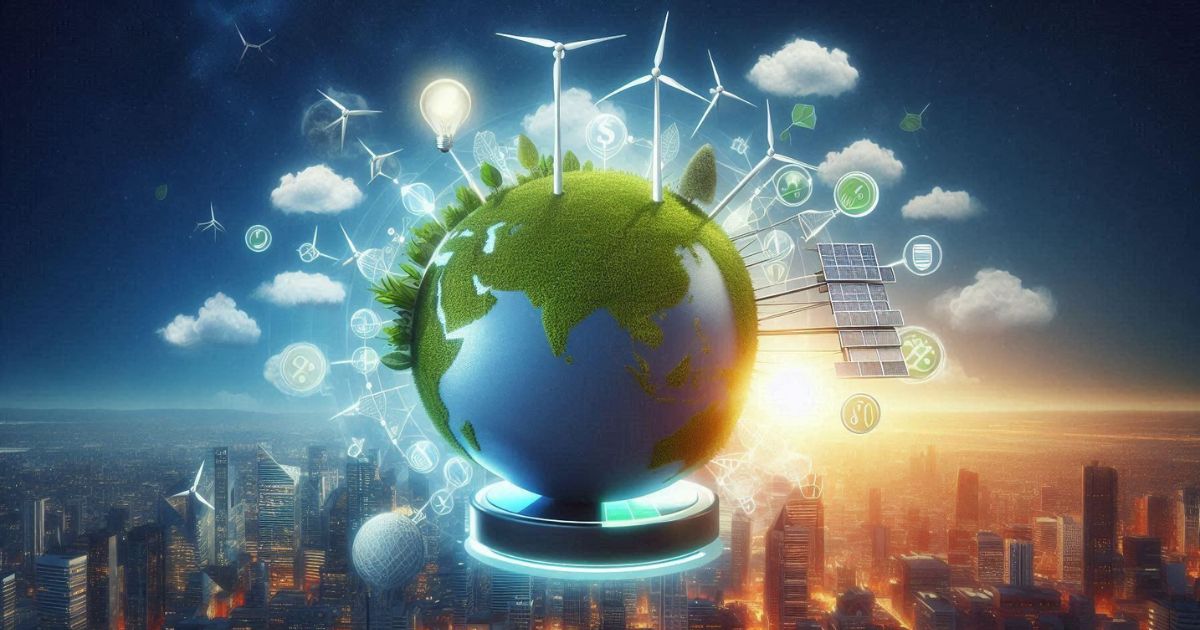
In today’s rapidly evolving energy landscape, organizations are increasingly challenged to balance energy efficiency initiatives with electrification projects to meet ambitious sustainability targets. As the urgency to combat climate change intensifies, businesses must strategically integrate these two crucial components to ensure a cohesive and effective sustainability strategy.
Understanding the Intersection of Energy Efficiency and Electrification
Energy efficiency and electrification, while interconnected, serve distinct roles in the journey towards sustainability. Energy efficiency focuses on reducing energy consumption through improved practices and technologies, ensuring that energy use is minimized without compromising performance. Conversely, electrification involves shifting from fossil fuel-based energy sources to electric power, increasingly sourced from renewable energy.
Energy Efficiency:
Technological Advancements: Implementation of advanced technologies such as LED lighting, smart thermostats, and high-efficiency HVAC systems.
Operational Improvements: Adopting energy management systems (EMS) and conducting regular energy audits to identify and rectify inefficiencies.
Behavioral Changes: Encouraging energy-saving habits among employees through awareness programs and incentives.
Electrification:
Transportation: Transitioning fleets to EVs and investing in EV charging infrastructure.
Heating and Cooling: Replacing traditional gas-powered heating systems with electric heat pumps.
Industrial Processes: Converting processes that rely on fossil fuels to electric alternatives.
The Synergy of Energy Efficiency and Electrification
Achieving sustainability targets requires a nuanced approach where energy efficiency and electrification work in synergy. Here’s how businesses can effectively balance these initiatives:
Prioritize Energy Efficiency: Before embarking on electrification projects, it’s vital to ensure that current systems and processes are as efficient as possible. This reduces overall energy demand, making subsequent electrification more cost-effective and impactful.
Integrate Renewable Energy Sources: Coupling electrification with renewable energy sources, such as solar or wind power, maximizes environmental benefits. This reduces reliance on fossil fuels and aligns with global trends towards decarbonization.
Leverage Data and Analytics: Advanced data analytics can provide insights into energy use patterns, highlighting areas for efficiency improvements and identifying the most beneficial electrification opportunities. Real-time monitoring and predictive maintenance can further enhance energy performance.
Invest in Flexible Energy Solutions: Technologies like battery storage and smart grids can help manage the variability of renewable energy sources, ensuring a reliable and efficient energy supply. These solutions also support demand response initiatives, allowing businesses to adjust energy use based on grid conditions.
Case Studies: Leading by Example
Apple’s Data Centers: Apple has made significant strides in energy efficiency and electrification by designing data centers that run entirely on renewable energy. By investing in high-efficiency infrastructure and leveraging innovative cooling techniques, Apple minimizes its energy consumption. Simultaneously, the company’s commitment to renewable energy sources ensures that its electrification efforts contribute to sustainability goals.
Tesla’s Gigafactories: Tesla’s Gigafactories exemplify the integration of energy efficiency and electrification. These facilities are designed with state-of-the-art energy-efficient technologies and are powered by renewable energy, including extensive solar installations. Tesla’s holistic approach demonstrates how manufacturing can be energy-efficient and fully electrified, significantly reducing carbon footprints.
Trane’s HVAC Solutions: Trane, a leader in HVAC solutions, has successfully balanced energy efficiency and electrification. Trane helps organizations reduce energy consumption and shift to cleaner energy sources by developing high-efficiency electric heat pumps and advanced building management systems. Their integrated approach ensures that buildings achieve optimal indoor climates and contribute to broader sustainability targets.
Overcoming Challenges
Initial investments in energy efficiency and electrification can be substantial. However, businesses can explore incentives, grants, and financing options to support sustainability projects. The long-term savings in energy costs and the potential for increased competitiveness often justify these investments.
Rapid technological advancements can make staying updated challenging. Partnering with experts and investing in employee training ensures businesses can leverage the latest innovations.
Navigating the regulatory environment is crucial. Staying informed about policies and incentives can help businesses align their projects with government initiatives and benefit from available support.
Balancing energy efficiency and electrification is essential for businesses striving to meet sustainability targets. Organizations can create a harmonious approach that maximizes environmental and economic benefits by prioritizing efficiency, integrating renewable energy, leveraging data, and investing in flexible solutions.
Partner With Us
The Institute for Sustainability Africa (INŚAF) is an independent multi-disciplinary think tank and research institute founded in Zimbabwe in 2010 with the Vision to advance sustainability initiatives for Africa.




